
Disney's Imagineers dream up new projects all the time. Many of these never see the light of day. Some exist only in the minds of a handful of Imagineers, while others exist on paper in the form of concept artwork. Very few projects actually move forward into serious development, and even then they are still liable to be canned for a variety of reasons. This is a normal development process, and not very controversial.
But WestCOT was different.
Here was a project that was supposed to transform the Disneyland Resort, turning it into a large-scale, multi-day destination resort to match Florida's Walt Disney World. There would be new hotels, futuristic transport systems and dozens of shops and restaurants.
Most significantly, there would be a West Coast version of EPCOT Center, one that would rival and even surpass the original in terms of its scale and ambition. The project was announced to much fanfare, and the details had Disneyland fans salivating in anticipation.
Then it was gone - snatched away when it seemed just within reach. In its place was Disney's California Adventure, one of the least ambitious (and least expensive) theme parks Disney had ever built.
And this is why.
The plan for a resort came before the plan for WestCOT
Image: Disney
Ever since Michael Eisner became CEO of The Walt Disney Company in 1984, hotels and resorts were at the forefront of his mind. An expansion to the Walt Disney World Resort came first. The Golf Resort was renamed the Disney Inn in 1986, and 150 rooms were added. In 1988 both the Grand Floridian Resort and the Caribbean Beach Resort welcomed their first guests. The Yacht and Beach Club Resorts were ready in 1990. Even more hotels were built and being planned for construction.
Adding hotels to California, however, was a more difficult proposition. In 1954 Walt Disney had to plead to friend and business owner Jack Wrather to pay for a hotel for his then-risky project Disneyland. Jack Wrather ended up agreeing, but only in return for exclusive Disney naming rights to all hotels until 2053. The Disneyland Hotel was a gigantic success, with over 1100 rooms and a convention center, attractions, shops and restaurants. Disney quickly wanted to buy the hotel and Disney naming rights away from Wrather, but he kept declining their offers.
Only after Jack Wrather died in 1984 would Disney have a real shot at reclaiming what they’d given up, and even then it required what Donald W. Ballard, author of Disneyland Hotel: The Early Years, 1954-1988 referred to as a subtle threat. In 1987 another company, Industrial Equity, was vying for ownership of the Disneyland Hotel. Disney implied that they’d make the renewal lease for the monorail very, very expensive for new owners. Industrial Equity didn’t back down, though, so Disney partnered with them to purchase Wrather’s holdings. Disney bought out Industrial Equity soon after, ultimately getting what they wanted but for a heftier price than they probably expected.
The hotel and naming rights cost Disney over $250 million in total, but it was well worth it for them. The company now had the ability to build a resort like it had in Orlando in California. Now that the Wrather problem was solved, Michael Eisner moved on to thinking about a second California theme park for their upcoming resort. He ultimately decided on WestCOT Center in Anaheim over DisneySea in Long Beach, largely because the Anaheim authorities were offering better incentives.
The proposed budget for WestCOT was massive
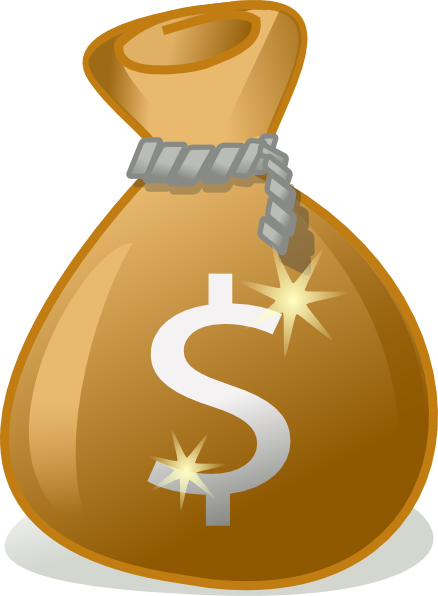
The budget given for WestCOT was huge, and a big reason Disney didn’t move forward with the project. It was projected to cost an estimated $3.1 billion, a gigantic sum even for a company as powerful and profitable as Disney, especially given the fact that theme parks tend to go over their original projections. Even though the additions were expected to attract 25 million visitors a year by 1998, with WestCOT Center drawing 10 million alone, $3.1 billion was hard to justify.
Beyond WestCOT was the Anaheim Commercial Recreation Area
Similar to the Reedy Creek Improvement District in Florida, Disney wanted its own special assessment district in California to house Disneyland and all the future projects they had planned. Plans for the area included WestCOT Center itself and a lot more, including:
- Disneyland was supposed to receive money for improvements to attractions like the Indiana Jones Adventure and the creation of Toontown.
- The Resort Hotel District would have added around 4600 more rooms to the Disneyland Resort.
- A new 800-room New Disneyland Resort Hotel was going to be based on the Hotel Del Coronado, the same as the Grand Floridian Resort at Walt Disney World.
- There would have been a renovation to the Disneyland Hotel.
- The Disneyland Plaza would set up an advanced transportation system and walkways for pedestrians. At seven acres it was an attempt at a “world-class public space.”
- A Disneyland Center would connect the Resort Hotel District and Disneyland Plaza. This plan would morph into Downtown Disney.
- A 5000 seat amphitheater called the Disneyland Bowl was supposed to be built outside of the park gates.
- There were to be three expansive parking structures on the perimeter of the resort.
- A boardwalk was going to be added to Disneyland Center that would have outdoor dining.
Some of these things would eventually happen in various forms, such as the aforementioned Downtown Disney, but not in the ways Disney originally hoped.
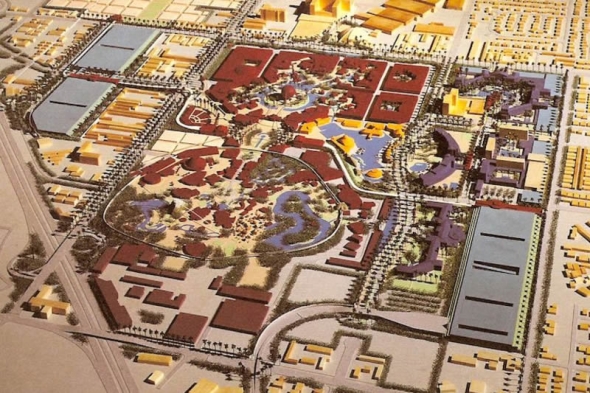
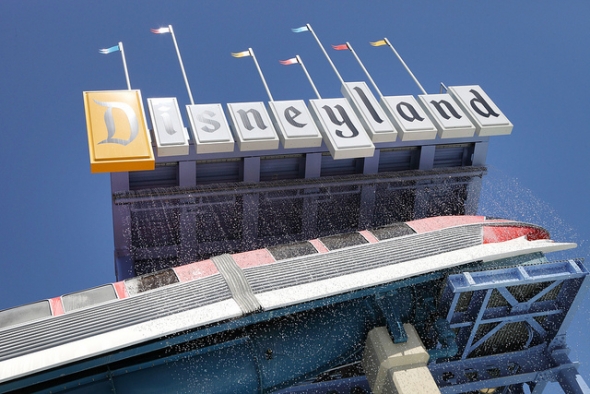
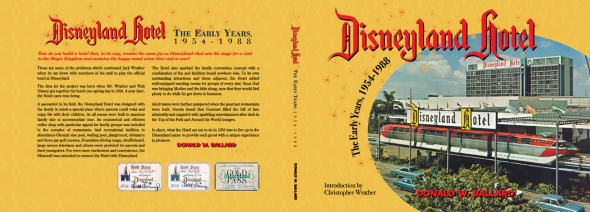
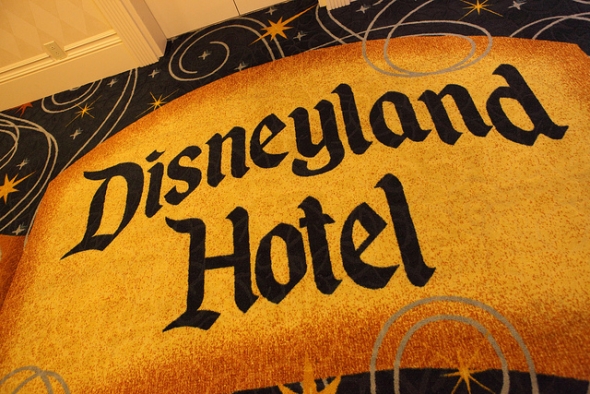
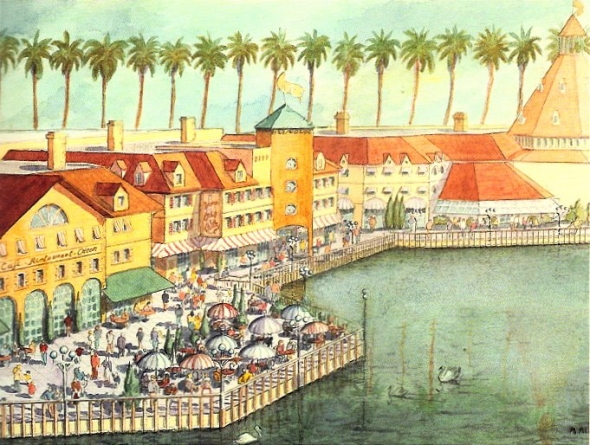
Add new comment